Transplanting a rose to another place in the summer
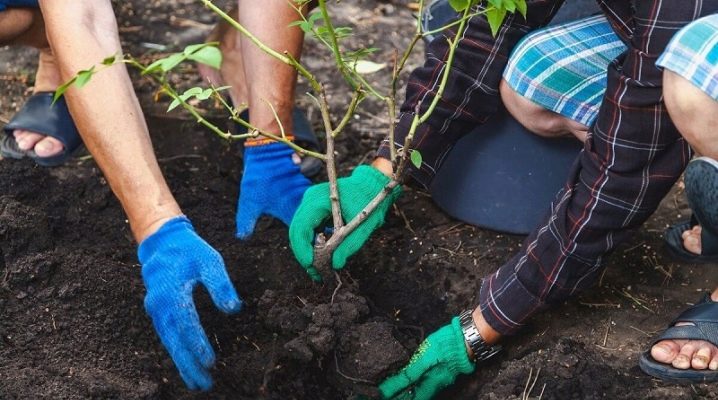
Despite the fact that it is not recommended to transplant the rose in the summer, in practice there are certain situations in which it is simply impossible to do without the transfer of culture. Before transplanting a plant, you need to familiarize yourself with the existing nuances and features.
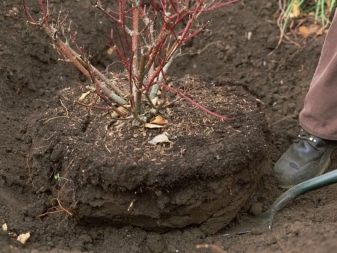

The need for a summer transplant
The best time to transplant most varieties of roses is in early fall or spring. It is at this time of the year that the culture takes root, develops and is enriched with essential nutrients. As practice shows, the overwhelming number of varieties does not tolerate frosts and sudden changes in temperature conditions. Roses should be transplanted to another place in the summer only if there are good reasons. In addition to redeveloping the landscape design in the garden, the plant can be transferred into the summer if there are unsuitable growing conditions, in particular, poor-quality soil composition.
According to many experts and practicing gardeners, it is heavy or loose sandy loam soils that often lead to the rapid squeezing of the root system of the plant to the surface. A similar process can quickly destroy an adult or young rose. In this case, the culture must be immediately transferred to a new location. Any varieties of roses can also be transplanted in early or mid-June due to the rapid depletion of the soil substrate. The need for a summer transplant is also indicated by such symptomatic manifestations as a small number of buds, sharp chopping of foliage or too weakened shoots.
It is also recommended to replant the bushes of the plant in the summer in the case when they are characterized by rapid growth. Experts note that it is especially important to be careful during transplantation at a significant culture age - from 5 years or more.
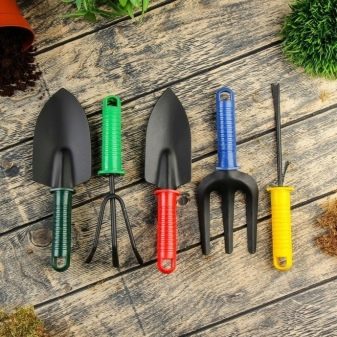
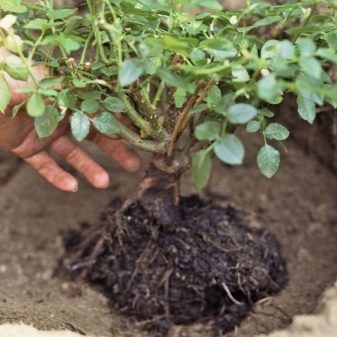
Can blooming roses be transplanted?
The blooming of a rose is an important moment of ripening, at which it is necessary to adhere to certain rules. It is possible to transplant a blooming culture, but this must be done with the utmost care and responsibility.
- In the process of transplanting a flowering culture, the gardener should be as careful as possible with the root system, which is important to gradually and carefully free from the earthy coma.
- After the flower has been moved to a new place, its roots must be straightened, slightly dug in with earth and watered abundantly.
- Until the crop takes root, it is important to create the most optimal greenhouse conditions. During the transplanting process, it is also recommended to use compost material and additional fertilizers suitable for young plants.
- Particular attention should also be paid to the fact that during flowering, the rose gives up most of the energy and nutrients to the individual parts with the buds. Because of this feature, during the transplantation process, it is important to monitor how quickly new inflorescences appear. It is recommended to remove the renewed buds immediately, which allows you to achieve a more correct distribution of forces.
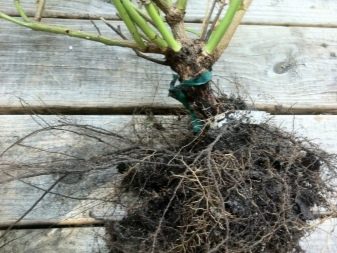

Step-by-step instructions for transplanting
It is especially important to take into account the fact that transplanting a plant in the summer is a process that does not differ in the preservation of the visual and aesthetic qualities of the rose.The gardener will have to sacrifice active buds and blossoming flowers in order to increase the chance for high-quality and strong fixation of the root system in the ground.
Before starting any actions for a summer transplant, it is necessary to prepare specialized materials and tools:
- substances that stimulate growth;
- pruning shears or any other convenient scissors;
- means for disinfecting the trunk and foliage;
- scrap metal;
- lightweight fabric without protruding threads.
In addition to the materials described above, it is especially important to prepare stones, broken expanded clay and bricks that will be used for the drainage system. Peat mixture is excellent as mulch.


It is worth paying attention to the fact that transplanting a crop in August is characterized by a high risk due to the lack of the necessary time for the rooting of the plant and its preparation for wintering. It is better to transplant the plant in July or June.
- After preparing the necessary tools, the next step is choosing the right location. Experts advise to transplant the culture to a new place, which does not differ in certain characteristics and properties from the previous one.
- When choosing a location, it should be borne in mind that the rose in the summer must be well protected from cold winds. The crop also needs enough sun to grow quickly and efficiently. However, you should avoid direct sunlight on the foliage and trunk.
- Any varieties of roses are plants that are particularly sensitive to high soil moisture and groundwater. Due to this feature, it is recommended to transplant a young or adult culture to a place with a slight bias.
- After the place for the future transplant has been determined, the next thing to do is to dig a small hole, the size of which will correspond to the volume of the root system, taking into account the soil coma. If a medium-sized variety is planted, it is enough to make a hole 70x70x70 cm.
- In the process of digging a hole, any weeds and root systems should be removed from other plants. It is also especially important to lay the top fertile layer as drainage, to which add a small amount of compost or manure. Further, the pit is left for 1-1.5 weeks for the earth to settle.
- The next step for transplanting a rose is preparing the seedling. Before digging up the bush, experts strongly recommend removing all the buds and treating the foliage with specialized means to stimulate growth. In this case, the shoots are shortened.
- To reduce the length of the main shoots, shears or sharp scissors are used, which are pre-treated with a disinfectant. Shrub roses are usually cut by 30 cm, climbing roses - in the region of 50-60%, and standard roses - by 1/3 of the total length.
- Before digging up the bush, you need to find out which type of rose belongs to - self-rooted or grafted. In the first case, the root system is always located in the upper part of the earth, in the second, it goes much lower. In order for the lump to effectively hold on to the main roots, the culture should be watered abundantly before transplanting.
- A soft cloth should be used to preserve and protect the earthy coma. It is also necessary to apply it in the process of transferring the root system to a new place. If there is any difficulty or inconvenience in digging out a flower, a system of levers is usually used - for example, scrap metal.
- In the process of transferring a flower to a new place, the root system should be freed from the used tissue and the plant should be placed in the hole so that the root collar is located 5 cm below the soil surface. When transplanting a rooted variety, the earthen lump must be placed at the same level with the ground.
- Further, it is important to fill the hole with excess soil and additionally tamp it. After 1-2 hours, the soil is abundantly watered with clean water at room temperature.The soil surface is additionally mulched with peat, grass, straw or sawdust.
- For both climbing and bush roses, transplanting is stressful. Therefore, after it, the plant should be fed so that it takes root better in a new place.
In addition to the above features and step-by-step recommendations, experts strongly advise not to transplant any of the varieties of roses in too hot weather. If the transfer of the flower cannot be avoided, any convenient shelter must be used.
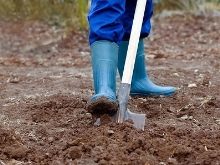



































































































The comment was sent successfully.